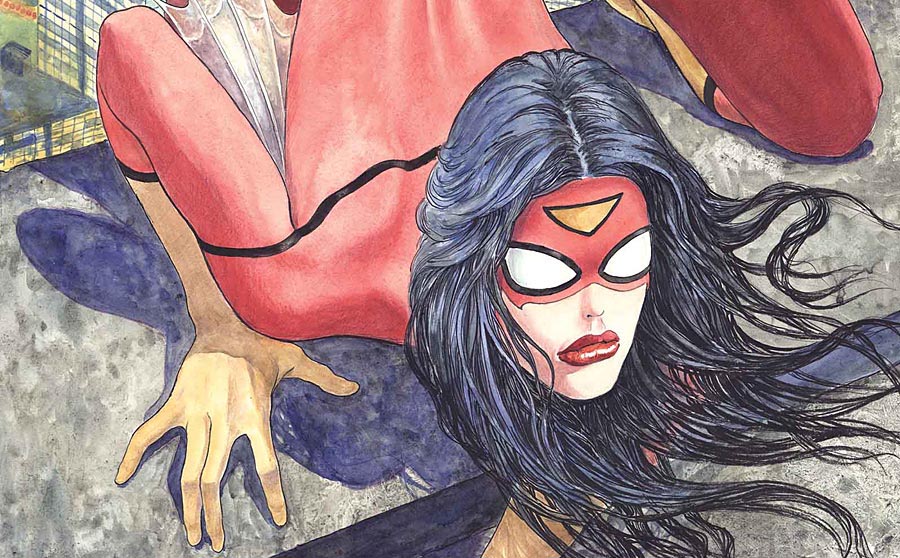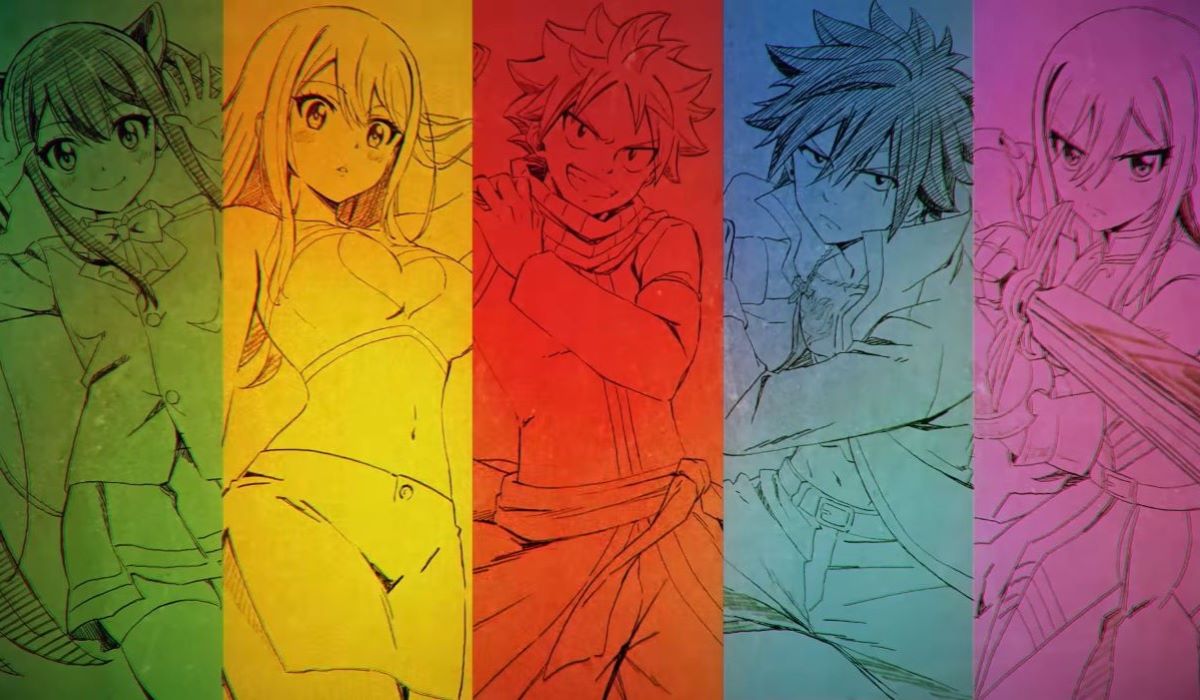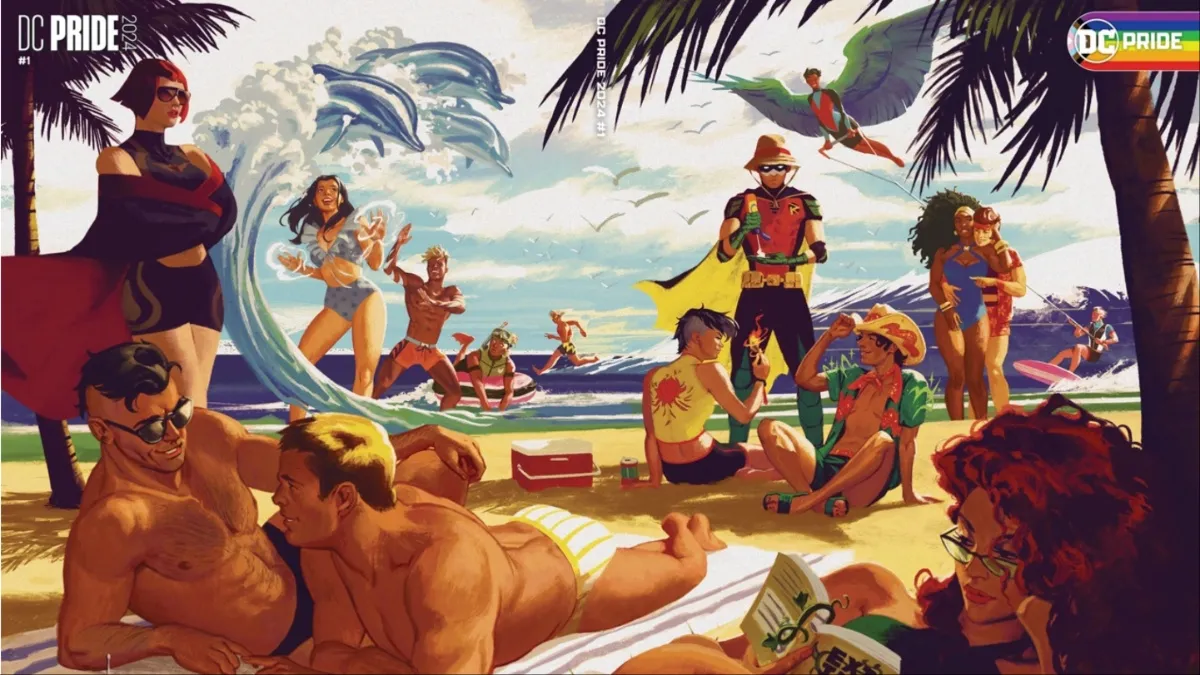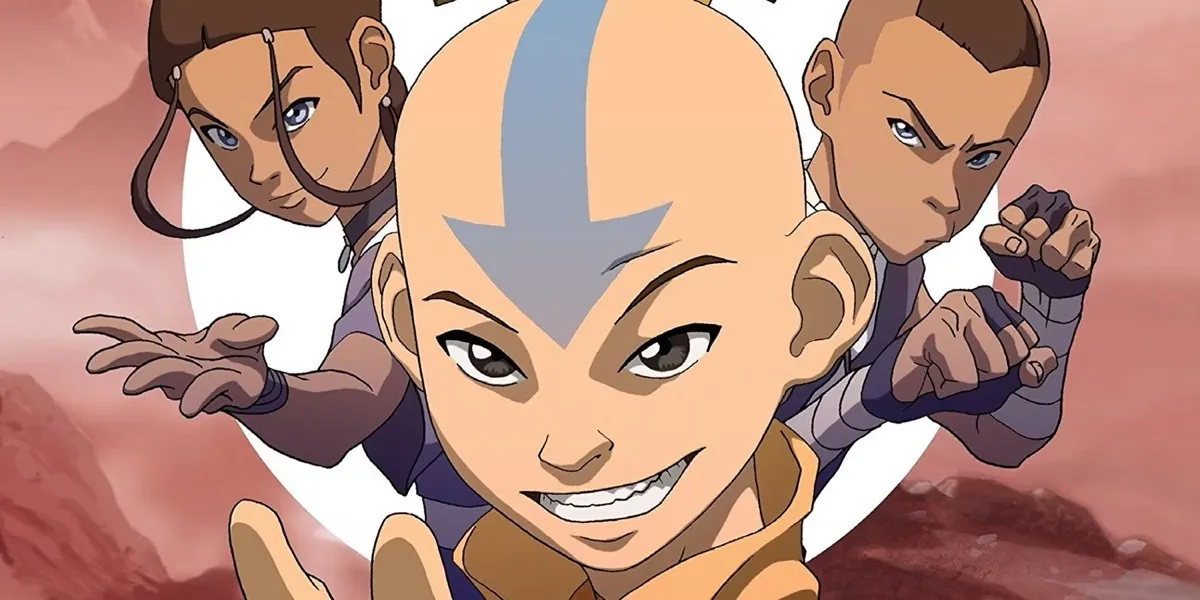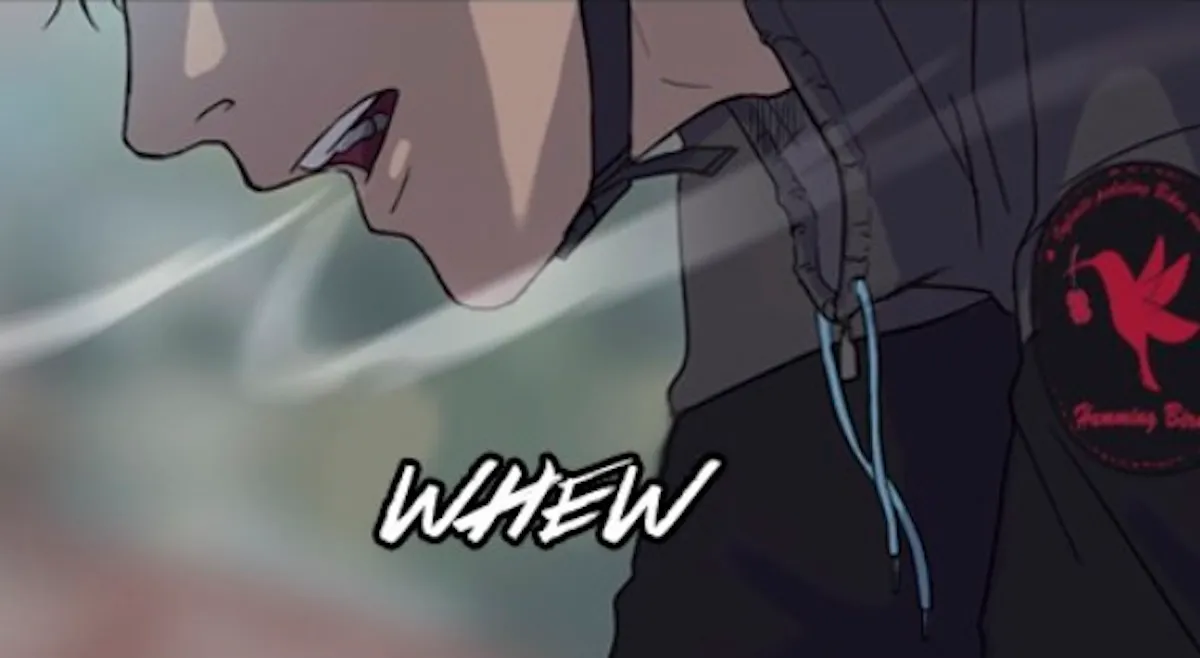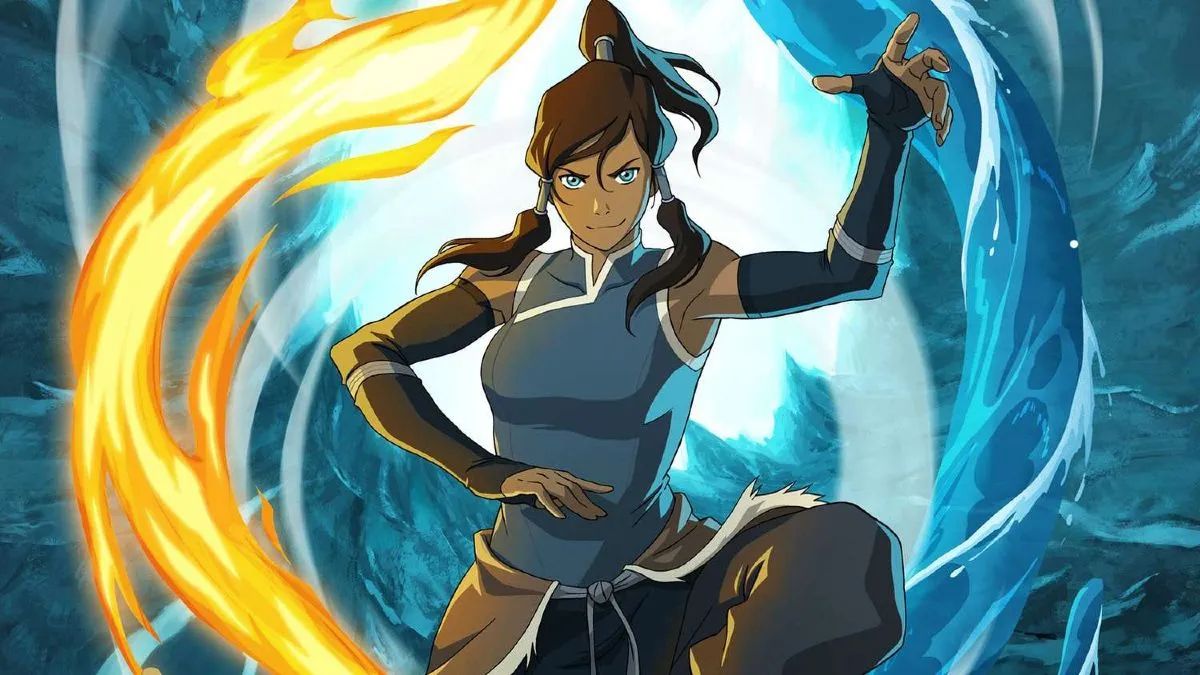Milo Manara, the Italian artist behind Marvel’s Spider-Woman #1 variant cover, and writer of the upcoming series Dennis Hopeless have both commented on the recent controversy.
The story began when Comic Book Resources posted exclusive cover reveals from Marvel’s November books. One included a variant cover by Manara that we (and many others) took issue with for its blatant sexualization of a character on a title meant to be reaching out to women. But it wasn’t only women who were offended as Rob Bricken at io9 and others have also expressed their distaste at Marvel’s decision in this matter. Many have also criticized the art itself as a poor use of the otherwise accomplished artist’s talent.
Since online discussion began, many in the comic industry and out, have debated the criticisms, but now Manara himself has been interviewed by an Italian outlet to get his thoughts.
Fumetto Logica posted an interview with Manara which we’re using Google to translate. We know that’s not always reliable so if anyone speaks Italian and would like to submit an alternate translation, we would be greatful. We’d also like to take this time to reiterate our primary concern over the Spider-Woman cover was the decision by Marvel to hire an erotic artist for this particular book, knowing they were trying to reach out to women readers, not that the artist drew how he always does.
How do you interpret the debate generated by its cover?
Reading on the internet, I saw that the criticisms have two different reasons. One is the sexy and erotic side, the other is the anatomical error. Now, sull’imperizia [Editor’s note: incompetence?] in the drawing do not know what to say. Let’s say I try to do my best for 40 years. Nobody is perfect, and I may be wrong; simply, I’m a professional, so I do my best.
On the erotic side, however, I found it a bit ‘amazing. Apart from the fact that there is a mandatory prerequisite to do it seems to me that both the United States and around the world there are things much more important and serious to worry about. The facts of Ferguson, or the drama of Ebola. That there are people that they take it for things like that … Unless there is, these days, a hypersensitivity to erotic images more or less, due to this ongoing discussion that we are called to do with Islam. We know that the censorship of a woman’s body should not be a feature of our own, Western Europe. This is also quite surprising.
Manara rightly admits he was trying to do his best and that he could be wrong about how the art eventually turned out, but it’s sad to see him take the route so many do when people try and discuss issues as they pertain to women’s representation in entertainment—namely, that there are more important things to worry about. This line of argument assumes people can only be concerned about one thing at a time and is meant to derail (whether on purpose or not) an otherwise worthy topic of discussion.
The main criticism to that image – although not new, nor in the debate about comics nor in his work – is that it represents a woman who is the ‘object’ of sexual desire, through a shape and a pose provocative little ‘natural ‘.
What I wanted to do a girl who, after climbing a wall of a skyscraper, crawling on the roof. She finds herself on the edge, and his right leg still has it off the roof. So the criticism anatomical that were made, I think they are wrong: it is not to have both knees on the roof. One leg is still down, and the other is pulling up. Precisely for this reason, also, then this back arched. I tried to do this.
After that, it’s not my fault if women are like that. I do the design only. It’s not me that I’ve done so: is an author much more “important”, say, for those who believe … For evolutionists, including me, on the other hand, women’s bodies have taken this form over the millennia in order to avoid the ‘extinction of the species, in fact. If women were made exactly as men, with the same shape, I think we would have already been extinct for a long time.
Also, do not consider it one of the covers most erotic I’ve done. I think I have chosen out of all the poses imaginable – and the proof is if one goes on the Internet, where I documented myself, to see all the photos of Spider-Woman – at the bottom of that, even as framing, less problematic . Indeed view is a bit ‘from above. You do not see hardly anything. We see that only has an ass, drawn like this. And it’s a girl with a nice ass, that yes, from my point of view.
The superheroes are like that: they are naked, painted anything. Superman is naked painted blue, Spider-Man is naked red and blue, and Spider-Woman is painted red. But they are things that are part of the “trick”, so to speak, that publishers use to create these forms of superheroes nude – on which I do not find anything wrong – but there is no real nudity. If we see them later in the stories, going beyond the cover, are characters whose bodies are “in view”.
So, Manara is basically saying “she’s not sexualized, women are just born that way?” The argument has never been “women don’t have curves” but “clothing doesn’t work that way” and again, “not the right art to promote this title.”
Manara also touches on the “men and women are depicted unrealistically in comics” argument. Those with a modicum of art knowledge knows male comic book characters are depicted as a male power fantasy and female characters as a sexual fantasy. It’s why the “look, Spider-Man is drawn like that too!” argument holds no water. One is to show a strong man, in action, being dominant while the other is to show a women objectified, existing solely to appeal to the baser senses. It’s about intent, presentation, and context.
Asked if he saw the position he put Spider-Woman in as provocative or problematic, he said, “It is actually a girl who is crawling, or rather, advancing at the pace of the jaguar. After climbing the wall of the building, is pulling himself on the roof of this building. I see it. Sure, of course, since women are done in a certain way, do any movement, if they are nude … And more or less, the super heroines are all naked. Of these covers I’ve done different” and added “there are many far more erotic” images to be found online.
I tend to believe that maybe I was already targeted by some commentators or bloggers who have taken advantage of the opportunity, perhaps even the most convincing, to raise such a problem. I understand the controversy over the fact that the use of women’s bodies is a sensitive issue. And they agree more on the fact that the female body should not be used in advertising, for example, to sell … silicone sealant. The thing that I do not agree is not so much the fact that these images are erotic, but the fact that they are trivial.
I’m having trouble parsing this particular segment of the interview because of the translation but he again seems to be calling the issue of controversial comic book covers “trivial.” Your mileage may vary.
From the rest of the interview I get the sense Marvel never asked for any kind of alteration on the art after receiving it a few months ago. Manara also believes his fanbase is also 50%, if not more, women, and that they enjoy erotic art just as much as men. Which again, wasn’t being debated. He also noted his aim is never to offend, only to provide something beautiful and does “not think a design like the one on the cover of Spider-Woman could have an impact masturbatory.”
Marvel previously declined to comment on our original story but senior vice president of publishing Tom Brevoort did reply to an anonymous comment on his tumblr referencing the cover.
I think that the people who are upset about that cover have a point, at least in how the image relates to them.
By that same token, Milo Manara has been working as a cartoonist since 1969, and what he does hasn’t materially changed in all that time. So when we say “Manara cover”, his body of work indicates what sort of thing he’s going to do.
Exactly. Marvel knew what they were going to get from this artist, and that’s why this is such a big deal.
But Brevoort ended on a positive note: “I think a conversation about how women are depicted in comics is relevant at this point, and definitely seems to be bubbling up from the zeitgeist. That too is fine. Nothing gets better unless ideas are communicated.”
Spider-Woman writer Dennis Hopeless also commented briefly on the cover issue on his Twitter feed, and it may give Jessica Drew fans some hope.
@EmmyHildy I can promise you we have no intention of blatantly sexualizing any of the characters in our story.
— Dennis Hopeless (@HopelessDent) August 20, 2014
@PositivelyB I don’t have any input at all on covers. You have my word that our story treats Jess with the utmost respect.
— Dennis Hopeless (@HopelessDent) August 20, 2014
One last note from Manara:
To date I have not heard those of Marvel (these days there are some communication difficulties, but I think I hear them soon, in a week). But it seems to me that this cover has not yet been published. This is to say that it may well be that Marvel, seeing these controversies, withdraws and does not publish. Who knows, maybe we are talking about nothing: Marvel decided not to publish it and goodnight to the bucket.
Goodnight to the bucket, indeed.
Are you following The Mary Sue on Twitter, Facebook, Tumblr, Pinterest, & Google +?



